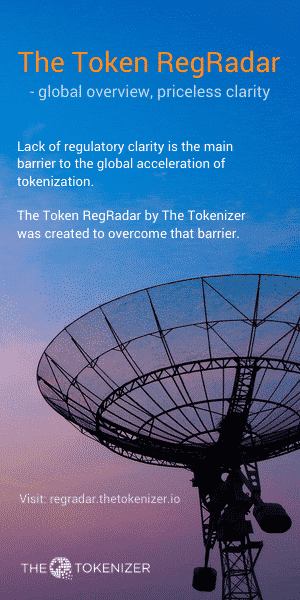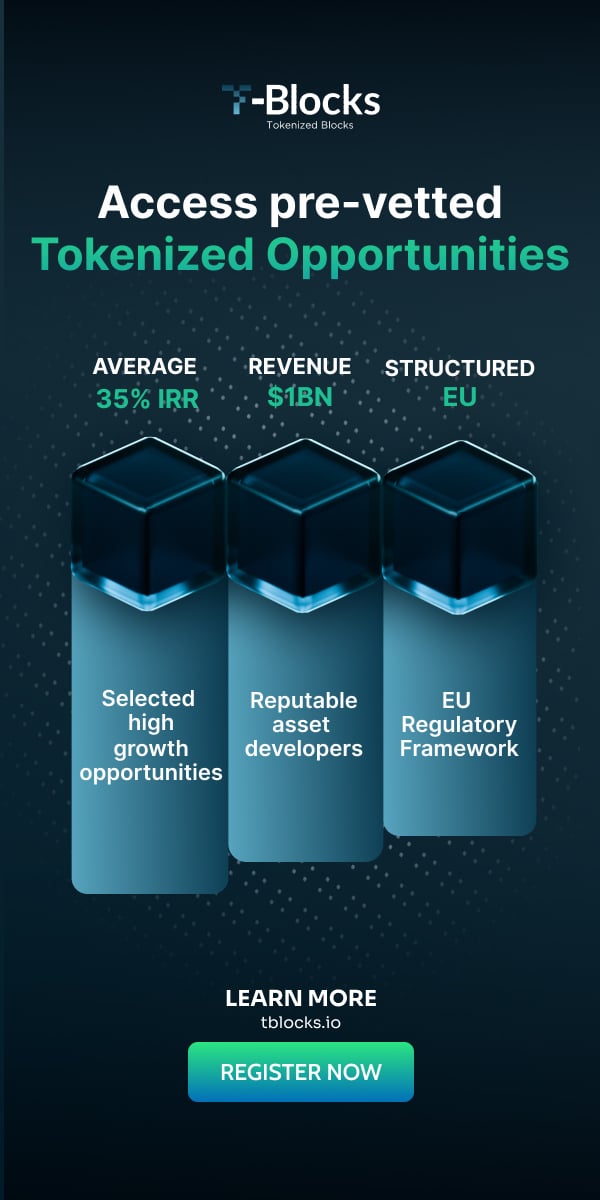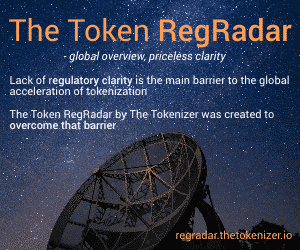Sometimes it’s cool to be a boring boy scout
Why the crypto winter and the FTX meltdown are not really consequential for the security token industry
If you are a top-notch specialist in all the nuances of the crypto and token market, don’t waste your valuable time reading this. But if you – like most of us – sometimes get confused about whether and how incidents in one part of the space can influence another part, this may be relevant to you.
What just ten years ago was a relatively simple and homogeneous space populated only by Bitcoin and a small number of altcoins today has grown highly multifarious. Actually, it’s a stretch to even talk about one space anymore since the qualitative differences in technologies, solutions, strategies, and visions have grown too big, and the actors (companies and people) in different parts of the space are living and breathing in separated ecosystems to the degree that you might talk about different industries.
Two examples that I am particularly interested in here are cryptocurrencies and security tokens. To what extent do they represent separate sub-spaces and industries with separate markets, market players, and types of clients? The answer is: To a very large extent. And to what extent are the two sub-spaces interconnected in the sense that an event in one part has a direct consequence in the other part? To a fairly low extent – OR…?
Historically, they both go back to Nakamoto’s whitepaper and the development of the underlying blockchain technology. But while cryptocurrencies are still these rather odd creatures born as decentralised peer-to-peer payment solutions that eventually turned into a highly volatile non-backed, partly unregulated asset class, security tokens are totally different.
The security token is the neat and tidy, slightly boring boy scout of the tokens that always takes pride in being regulated and compliant. No attempt here to fly under the regulatory radar. On the contrary, the security token was born out of the very need for (self)regulation. The security token is a security and makes a virtue out of necessity. The security token is always backed by some kind of asset with a value, and it’s issued and traded according to applicable laws and regulations. Investors in security tokens can take comfort in the fact that the security token itself, as well as all the entities around it – issuance platforms, exchanges, custodians etc. – are all regulated and supervised. This should ensure that any malpractice is identified swiftly and the responsible are held accountable. The market value of the tokenized asset may – of course – fluctuate, as we know from the stock markets.
At The Tokenizer, we have always focused on security tokens, not because we want to be boy scouts but because we believe security tokens are the most promising application of blockchain technology ever to see the light of day.
But why is it important to underline these differences between segregated parts of the crypto, token or digital asset space? Because people often tend to mix them up – and nobody can blame them! – and because incidents in one part of the space tend to scare people in another part, even if there’s no reason.
I don’t want to point fingers at the cryptocurrency community – I have made small investments in cryptocurrencies too! – but it’s important to remember the qualitative differences between a cryptocurrency and a security token, which means that not even a drawn-out Sibirian-like crypto winter ought to influence what’s going on in the security token industry – at least in theory! There is no direct connection, and in fact, Boston Consulting Group (BCG), in their report from September 2022, Relevance of on-chain asset tokenization in ‘crypto winter’, pointed out that the cryptocurrency crypto winter could actually turn out to benefit the security token industry because investors eventually would walk away from extreme volatility and look for less risky investments in the security token space.
“Consequently, the capital-constrained environment would act as a forcing function to eventually channel capital and talent pool to viable blockchain applications and DeFi projects. These projects should be able to demonstrate inherent value, built atop a robust, scalable infrastructure, and designed to enhance the traditional ecosystem versus trying to replace it. On-chain asset tokenization is one such blockchain-based application, with the potential to dramatically unlock liquidity, access and choice for multiple investment instruments at scale, especially for those assets that are traditionally illiquid.”
However, when something like the meltdown of FTX happens and when investors start losing lots of money on cryptocurrency investments, the initial and very human reaction in all parts of the crypto, token or digital asset space is nervousness.
But the simple point here is to remember that besides the psychological influence that the crypto winter and a scandalous incident like the FTX case have, we are talking about segregated ecosystems. The security token industry has its own share of challenges and barriers to overcome in order to accelerate and bloom – and what is happening in the cryptocurrency space should not be included since it’s simply not relevant.
Photo by Andrea Sánchez on Unsplash
Read other stories: The Token RegRadar Interview Series – Episode 6
You Might also Like





















